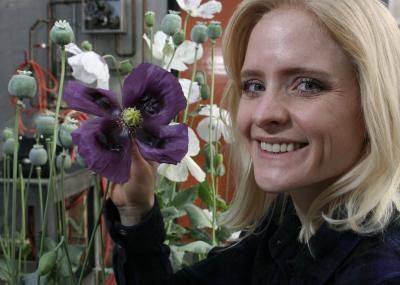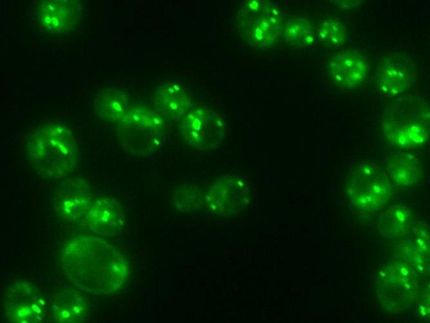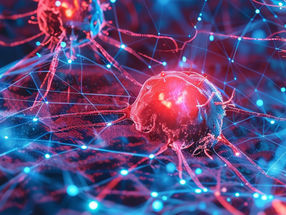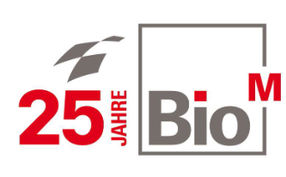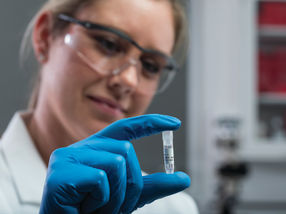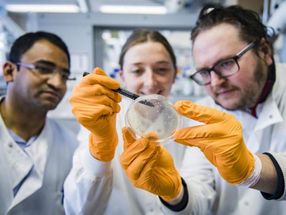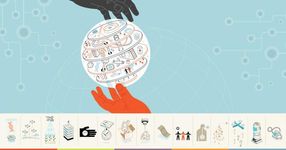Life sciences and biotechnology - a key sector for Europe's competitiveness and sustainability
Advertisement
The European Commission has reviewed its strategy on Life Sciences and biotechnology (see IP/07/484). This sector has the potential to make a significant contribution to the sustainability and competitiveness of European industry and the quality of life of Europe's inhabitants. This background note gives some key facts and figures about the sector, outlines the revisions proposed to the strategy and highlights some of the on-going and planned support to research in this area.
The European dedicated biotechnology industry directly employs 96500 people, mostly in SMEs. Employment in industries that use biotechnology products is many times higher. The industry is highly research intensive, with 44% of its employees involved in R&D activities. In 2004, the 2163 dedicated biotechnology companies spent EUR7.6 billion on R&D. The EU accounted for 34.8% of biotechnology patents filed at the European Patent Office in 2002-2004, compared to 41.1% for the US.
According to a Eurobarometer survey in 2006, one in two Europeans believe that biotechnology will improve their quality of life. The survey showed widespread support for medical and industrial applications of biotechnology, though there was a more negative position on GM foods (58% against, 42% in favour). The same survey showed that the EU is more trusted than national governments on issues of regulating biotechnology.
A few examples of biotechnology products and processes
Recombinant human insulin, for the treatment of diabetes, now accounting for 70% of the worldwide market in insulin. Biotechnology has also enabled the development of test for diagnosis of acute cardiovascular diseases and infectious diseases such as HIV etc
Antibiotic productions processes, resulting in a 37% reduction in use of electricity, almost 100% reduction in use of solvents and 90% reduction in waste water. Biofuels, biodegradable plastic and biotech enzymes as brightening and cleaning agents in washing powder allowing towash at lower temperature, are other examples.
Methods for the surveillance of BSE, allowing many more samples to be tested so that the level of surveillance required by Community legislation can be maintained, thereby contributing to the protection of consumers and continued trade for farmers. Similar tools can be used to detect salmonella.
Production of recombinant vaccines against diseases like Hepatitis B, which ensure that no active part of the virus will be present in the vaccine product, and thereby making it safer for the population.
Exploiting the natural capabilities of certain bacteria to produce vitamins, and thereby enhance the vitamin content of diary products.
Major proposed revisions to the Life Sciences and Biotechnology Strategy
These fall under 5 main headings and require the involvement of a wide range of players, from the European Commission and Member States, to international organisations such as the OECD, universities and research organisations,industry , and Civil Society Organisations such as environmental groups, patient and consumer organisations etc.
(1) Promote research and market development for life sciences and biotechnology applications and the Knowledge Based Bio-Economy
- Generate new knowledge under FP7.
- Mobilise public and private research funding and reinforce the coordination of research.
- Implement the Joint Technology Initiative on Innovative Medicine under FP7.
- Develop schemes to finance/promote the establishment of multi-functional pilot plants to demonstrate the potential of bio-based applications and facilitate their market penetration
- Explore lead market initiatives in the areas of eco-efficient bio-based products
(2) Foster competitiveness, knowledge transfer and innovation from the science base to industry
- Develop best practice in the responsible licensing of genetic inventions.
- Promote knowledge transfer by improving links between research organisations and industry and incentives to innovation.
- Monitor the implementation of Directive 98/44/EC on the legal protection of biotechnological inventions and explore ways of facilitating the patenting system for SMEs.
- Encourage Member States to consider specific rules and/or incentives for Young Innovative Companies.
- Promote the use of EIF/EIB instruments and the Competitiveness and Innovation Framework Programme to facilitate access to finance for biotechnology companies; implement Risk-Sharing Finance Facilities co-funded by FP7 and the EIB.
- Support the development and integration of clusters and regional networks.
(3) Encourage debate on the benefits and risk of life sciences and biotechnology
- Stimulate the possible establishment of an institutionalised interface with different stakeholders on benefits and risk of life sciences and biotechnology.
- Set up proposals on how to improve the cooperation with all relevant stakeholders to ensure input in the Commission's activities.
- Propose for the establishment of international quantitative impact indicators (including social and economic) and structured collection of data.
- Adapt the action to the new FP7, and produce guidance for EC funded activities to address ethical issues.
- Anticipate the possible ethical and socio-economic impact of emerging scientific issues.
(4) Ensure a sustainable contribution of modern biotechnology to agriculture
- Assess notified national and regional measures on co-existence and study applicable national civil liability systems.
- Re-evaluate by 2008 the possible need for further guidance on co-existence at EU level.
- Support research and develop guidelines for crop-specific co-existence measures and exchange information on best practices among Member States.
- Adopt crop-specific labelling thresholds for seeds.
- Conduct studies and support related research activities on potential positive and negative long term effects of commercially available GMOs.
- Explore benefits and risks of GM crops used for industrial transformation or molecular farming.
(5) Improve the implementation of the legislation and its impact on competitiveness
- Reinforce existing networks with Member States to monitor the implementation of the Strategy and address regulatory obstacles to competitiveness.
- Pursue foresight activities and the evaluation of the regulatory coverage on emerging issues.
- Improve policy coordination, including on cross cutting issues, with a particular focus on newly emerging issues.
Contribution of past and future EU Research Framework Programmes to life sciences and biotechnology
The 6th Framework Programme (2002-2006) allocated EUR500m to supporting exchanges, training and fellowships in the area of life sciences and biotechnology, as part of the Marie Curie Actions. This funded about 1000 full-time PhD positions and supported the creation of 45 new research groups. It also supported 11 top-level "Chairs", attracting world-class researchers (back) to Europe.
Still under FP6, EUR2.5 billion was used to fund 613 projects in the field of life sciences, genomics and biotechnology for health, looking at issues such as fundamental genomics, poverty-related diseases, cancer, cardio-vascular diseases, diabetes, age- and brain-related diseases and rare diseases.
EUR756 million funded 186 projects in the field of food quality and safety, looking at food processing and safety, nutrition, food-related diseases, animal and plant production systems, forestry, animal and plant biotechnology.
EUR20 million was awarded to projects to develop biomass, under the sustainable development theme.
Support was given to specific actions to promote the debate on ethical, legal, social and wider cultural aspects of life sciences and biotechnology including on issues such as human embryonic stem cell, animal cloning, genetic testing etc.
SMEs were strongly represented, accounting for 17% of all participants and 14% of funding in the health theme, and 19% and 12% respectively in the food quality and safety theme.
Other parts of FP6 (funding of infrastructures, international co-operation and coordination of national and regional research programmes) also supported research in the field of life sciences and biotechnology.
Eight Technology Platforms, to develop and foster public-private partnerships at European level, have been launched in the area of life sciences and biotechnology: Innovative Medicines Initiatives, Nanomedicine - Nanotechnologies for Medical Applications, Plant genomics and Biotechnology, Industrial biotechnology under the sustainable Chemistry technology platform, Food for Life, Sustainable animal breading and reproduction, global Animal Health, Forestry and Biofuels.
The 7th Framework Programme started in 2007. Within its Cooperation Programme, EUR8 billion are specifically dedicated to Life Sciences and Biotechnologies. Some EUR6 billion will support health research with another EUR2 billion supporting research on food, agriculture and fisheries, and biotechnology. SMEs are expected to account for 15% of these budgets, meaning funding of 1.2 billion euros. FP7 is also encouraging frontier and riskier research in Life Sciences through the new European Research Council. FP7's People Programme will support training and networking researchers, career development and industry -academia partnerships. Actions addressing the ethical and socio-economic aspects will continue to be supported.
The Risk Sharing Finance Facility will use money from the research programme to access credit from the European Investment Bank, to increase the access of European research to such finance. Life Sciences and biotech companies stand to gain considerably from this facility, which will also be used to support the development of major new research infrastructures at European level, including in these fields.
Building on the success of the European Technology Platforms the next level of public and private research partnership is the so-called Joint Technology Initiatives. The Commission expects to propose in the near future a JTI on Innovative Medicine.



